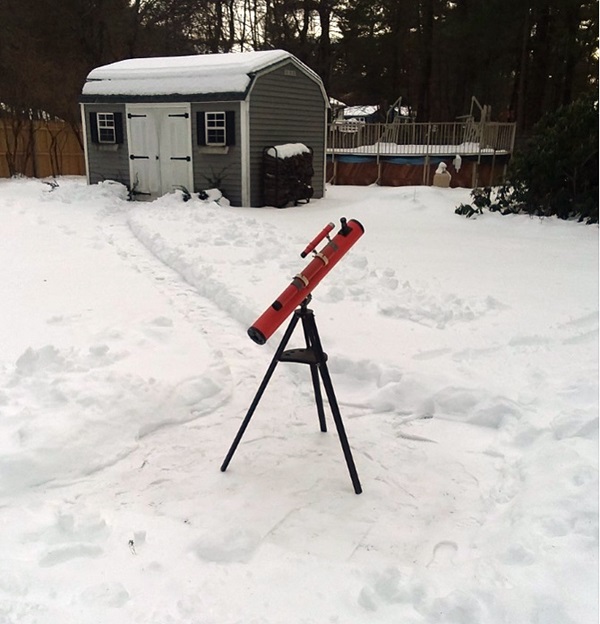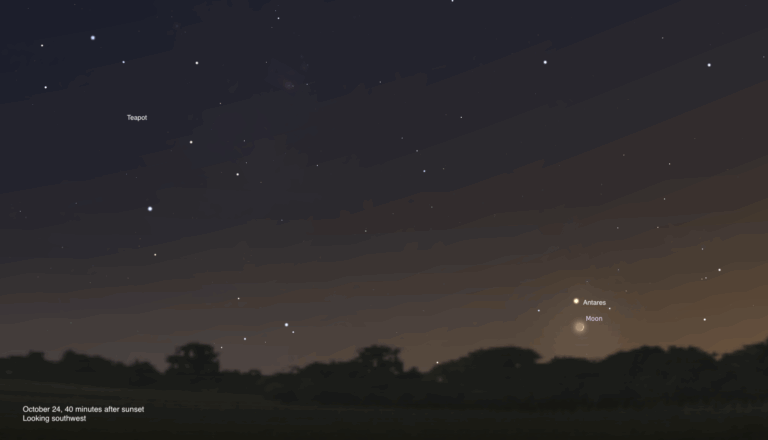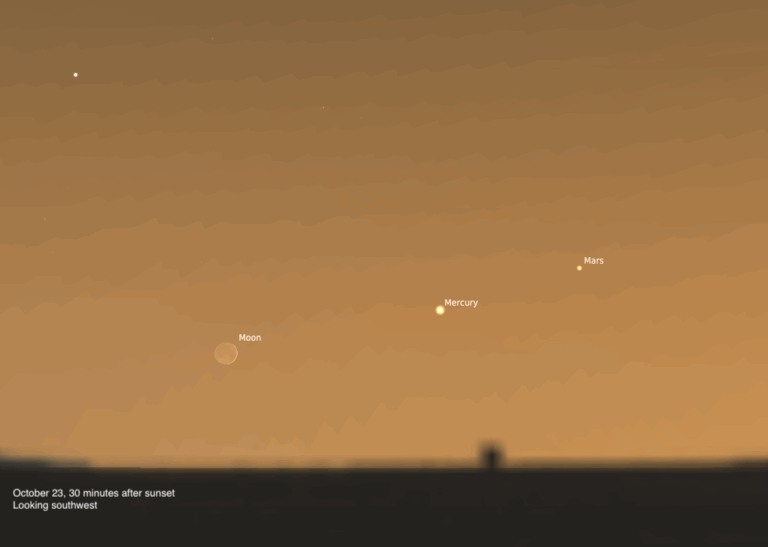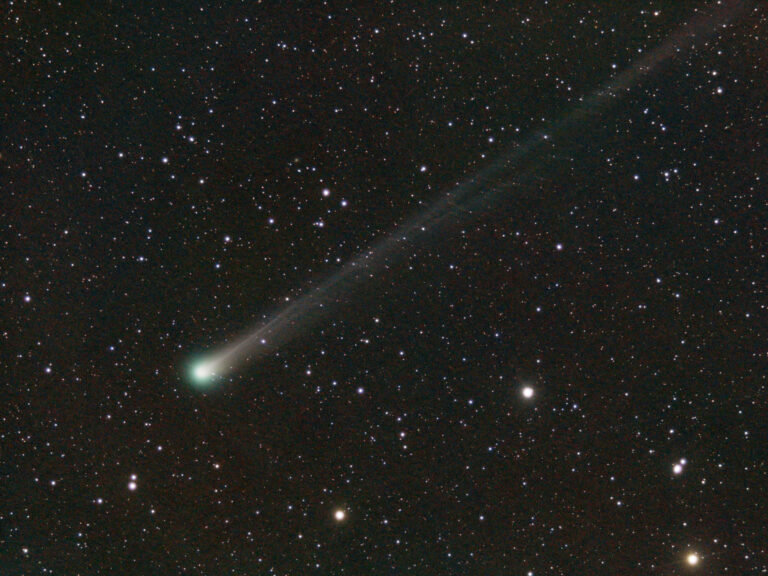Key Takeaways:
- The article discusses the practicality and various setups of backyard observatories for amateur astronomers, ranging from elaborate custom-built structures to simple designated locations.
- It emphasizes the importance of site selection, considering factors such as open sky view, light pollution, and heat radiation from nearby structures, especially in winter conditions involving snow.
- The author highlights the convenience of a readily accessible backyard observatory, contrasting it with the need to travel to remote observing sites.
- The article briefly mentions the challenges posed by unfavorable observing conditions, such as excessive light pollution or limited horizon visibility, promising future discussion on alternative remote observing sites.
If you’re an avid backyard astronomer and own a scope, I have a question for you: What’s your home setup like?
Let’s say that you’re fortunate enough to live where 6th- or 7th-magnitude stars are visible on a clear, moonless night, and your horizon is wide open in all directions. You own a large, fancy, computer-controlled telescope, as well as all the necessary accessories to capture astroimages worthy of Astronomy’s Reader Gallery section. For you, having some kind of permanent structure is a necessity — unless you don’t mind wasting precious time lugging your telescope and equipment outside each clear evening. It’s impossible to provide detailed instructions for constructing your own backyard observatory in a single column, but if your gear is that sophisticated, it’s worth browsing the internet for a few observatory ideas that suit your personal needs.
What about the rest of us, though — yours truly included? We have observatories, too; they’re just not as sophisticated as custom-built structures. In the most basic sense, an observatory is nothing more than where you place your scope for an evening of skygazing, whether it’s a clear space in your yard or a spot near an open window.
“An open window for an observatory?!” purists will shriek. In the Edmund Scientific publication All About Telescopes (I can picture you old-timers smiling with fond memories of that 1960s classic), author Sam Brown noted that window-gazing is something to avoid. For the most part, he was right. Not only will you have to deal with turbulence caused by different indoor and outdoor air temperatures, but you’ll also be limited to a small area of sky.
That said, during my earliest telescopic adventures, I eschewed this advice. While in high school, I bought a second-hand telescope: a 40mm tabletop refractor with magnifications varying from 15-60x. It was essentially junk by any standard. But on summer nights, when indoor and outdoor temperatures had equalized, I would slide an end table up to my open bedroom window, put my little scope in place, and aim it towards the Moon or a bright planet.
As primitive as it was, this makeshift observatory worked for me. I might not have been able to spot the Moon’s Straight Wall, festoons in Jupiter’s cloud belts, or the Cassini division in Saturn’s rings, but I was able to behold the Moon’s cratered surface, watch the night-by-night dance of Jupiter’s four Galilean moons, and admire Saturn’s fabled rings. As basic as they were, these enthralling sights still managed to launch my lifelong interest in astronomy.
A majority of amateur astronomers are in a situation where a permanent observatory isn’t practical or necessary. My observatories are select locations on our property, whether on the lawn or the driveway. In any case, your chosen site needs to afford an open view of the sky, be isolated from nearby lights, and avoid overlooking the heated roof of a neighbor’s house, which makes the air above it more turbulent. I’ve always preferred setting up my telescopes on the lawn instead of the driveway, as I feel driveways radiate heat much like neighboring rooftops. However, a number of my astronomer friends commonly observe from their driveways. It works, they say, if you wait long enough after sunset for the pavement to cool down.
Wintertime in northerly latitudes poses another problem for backyard astronomers attempting to set up impromptu observing sites — snow! It’s hard to move a telescope from place to place when it means trudging through a foot or two of snow. In my younger days, I’d select several key spots that would allow me to view as much of the sky as possible. At each, I would shovel a 6- to 8-foot square, and then interconnect the individual sites with a number of paths. Two more shoveled corridors allowed access to both the back door of my house and the shed where I store my scope. Nowadays, an aging back means I can only select one or two primo squares to carve out.
The big advantage to having some kind of observatory on your property — whether mobile or established — is convenience. It’s much easier to take a short walk to your telescope than it is to pack everything in your car and drive off to a remote observing site (especially if you discover that you left your eyepieces at home). But what happens when conditions where you live — overwhelming light pollution, a totally obstructed horizon, or unfortunate latitudinal location — make backyard skygazing impractical? Stay tuned!
Questions, comments, or suggestions? Email me at gchaple@hotmail.com. Next month: Choosing a remote observing site. Clear skies!










